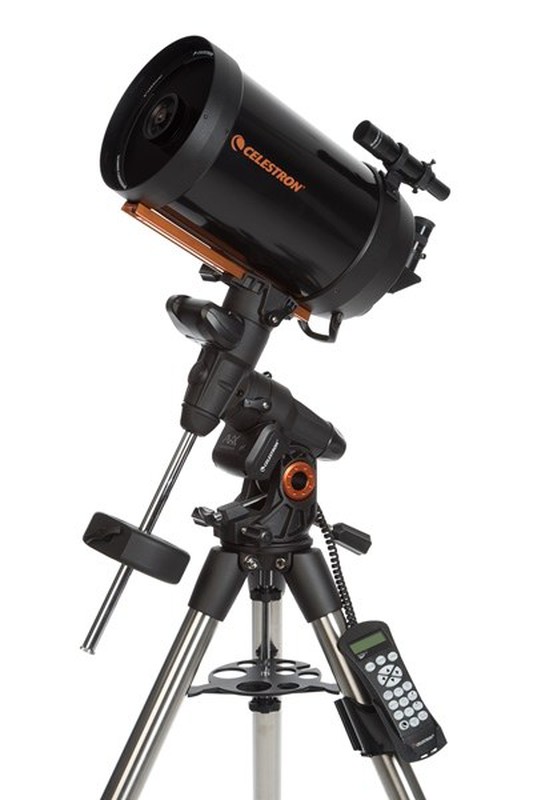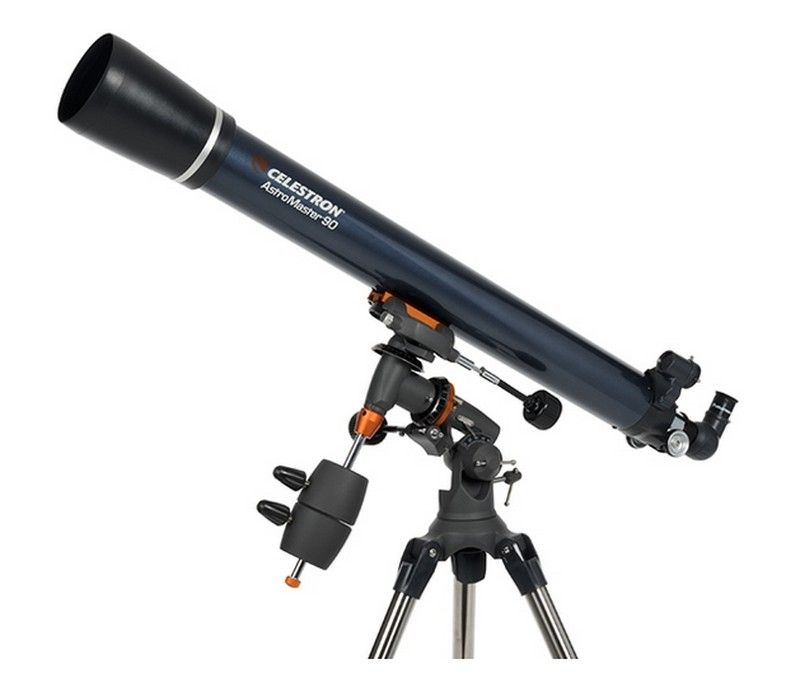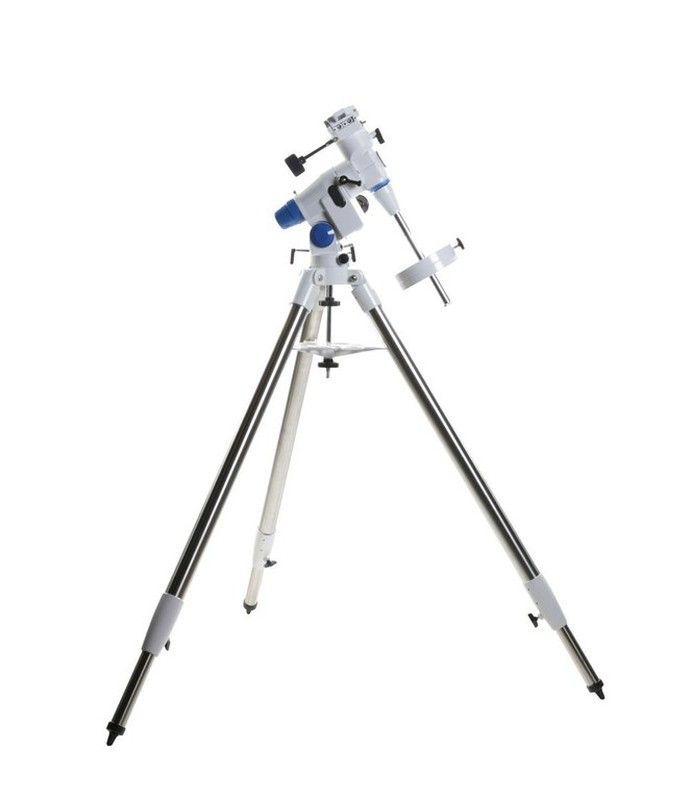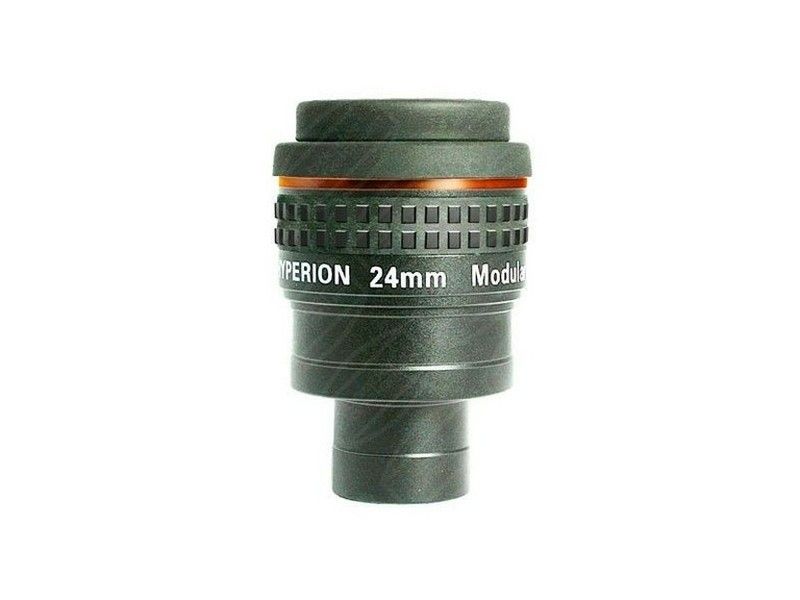Basic notions about astronomical telescopes (Types, parts, operation, etc ...)
Do you want to buy your first telescope and don't know which one to choose? Do you want to know the different models of astronomical telescopes that exist and what you can see with them? We present the ABC of telescopes so that you can begin astronomy with knowledge of the facts.

Galileo Galilei invented the astronomical telescope at the beginning of the 17th century with the intention of observing the Moon, Jupiter and the stars, a previously unknown universe full of mysticism and legends. A few centuries later, the human interest in space persists and astro-physics has managed to develop powerful tools available to everyone to bring the universe closer to our sight.
A telescope basically consists of:
Objective: Responsible for collecting light from the outside and driving it to the optical tube. The larger the lens diameter, the greater the amount of incoming light and also more sharpness. The greater the focal length of the lens, the more magnification we will achieve.
Optical tube: Inside is the telescope's optical system, either lenses or mirrors. These lenses will condition the image that the observer will contemplate.
Ocular: It is the piece that goes directly between our eye and the optical tube. The relationship between the focal length of the objective and that of the eyepiece will give you the magnification of the telescope. The greater the focal length of the eyepiece, the lower the magnification obtained.
Mount: It is the part where the optical tube rests and which will determine the type of movement of the telescope to exercise optimal monitoring of the celestial body that we want to observe. There are altazimuth mounts and equatorial mounts. Mounts can be motorized for easy tracking. The mount is always associated with the tripod that holds it and that contacts the ground or support surface. The tripod provides us with the necessary stability for monitoring and observation.
Finder: It is a tool designed to easily locate objects and bring them within the field of view of the main telescope. The finder must be perfectly aligned, in order to see the same in the finder as in the telescope.
Image: Parts of a telescope
The first dilemma when acquiring a telescope is whether we want it refractor or reflector, how do they differ?
Refractor:
In a refractor telescope, converging or convex lenses (optical tube) are used to focus the image. In these lenses light is refracted, that is, light refraction occurs in the objective lens. Thus parallel light rays from a very distant object converge on a point in the focal plane. As a result we see the largest and brightest distant objects. The image is inverted inside the optical tube, but we can reverse the process with an image inverter.
Refracting telescopes have a longer optical tube and are useful for planetary observation. Moon, planets and highlighted celestial bodies. An astronomical refractor telescope may also be adapted for Earth observation.
Image of a refractor telescope (click)
Reflector:
A reflecting telescope uses mirrors instead of lenses to focus light and form images. They normally use two mirrors, one at the beginning of the tube (primary mirror), which reflects light and sends it to the secondary mirror. Once it reflects in the secondary mirror, it is sent to the eyepiece. They are also called Newtonian or Newtonian telescopes, because of their inventor.
Reflecting telescopes have larger objective apertures (more diameter), therefore more light enters and offer better features for observing the deep sky, that is, constellations, galaxies or nebulae.
Image of a reflecting telescope (click)
Retro-reflectors:
Also called complex telescopes, this type of reflecting telescope combines an optical system of mirrors and lenses inside. The primary mirror is concave and the secondary mirror is convex, which has a lens (Schmidt) attached to it, essential to correct the aberrations produced by the spherical mirror.
There are two varieties, the Schmidt-Cassegrain and the Maksutov-Cassegrain. They are telescopes with a large focal length and smaller than classic reflectors. They offer great image quality and sharpness, especially in deep sky.
Image of a Schmid-Cassegrain telescope (click)
There are two types of mount that will determine the type of observation and the use of the telescope:
Altazimuth mount:
It offers two types of movement, left-right (horizontal on the X axis) and up and down (vertical on the Y axis). With this type of mount we can adapt the telescope to both astronomical and terrestrial use, making it more manageable for beginners. It has great limitations for use in astrophotography by not accepting a motorized mechanism.
Equatorial mount:
This mount offers a gyro offset around north celestial or pole star (alignment). This movement allows the stars to be followed as they move from east to west due to the rotation of the Earth. In fact, the rotation of the telescope is in harmony with the axis of rotation of the Earth. It allows adapting a motor and a GO-TO mechanism, which will allow us to take long-exposure photography and facilitate the tracking of celestial bodies to be observed. The equatorial mount is adapted only for astronomical observation.
The equatorial mount is completed with the counterweight to balance the telescope well. German equatorial mounts are well known.
Calculating the magnification of the telescope is a simple mathematical operation, involving two parts of the telescope, the objective and the eyepiece. Specifically, two parameters such as the focal length (length) of the objective, and the focal length (length) of the eyepiece, in an inversely proportional relationship.
Magnification = Objective focal length / Eyepiece focal length
The greater the focal length of the lens, the greater the magnification, but the greater the focal length of the eyepiece, the result is a smaller magnification.
If we talk about eyepieces, it must be taken into account that the more diameter (D), the greater the field of vision and the greater the focal length (F), the less magnification, as we have already shown before.
If we talk about the objective, its resolution or sharpness power is also important, measured in seconds of arc (ability to distinguish or appreciate two very close objects).
Resolution Power = 120 / Objective Diameter (mm)
*Example:
Telescope Features:
- Objective diameter: 114mm
- Objective focal length (D): 900mm
- Eye focal length (F): 10mm
- Increments = 900mm / 10mm = 90X
- Resolution power = 120 / 114mm = 1.05 arcseconds









Opinions of our clients
Receive our news